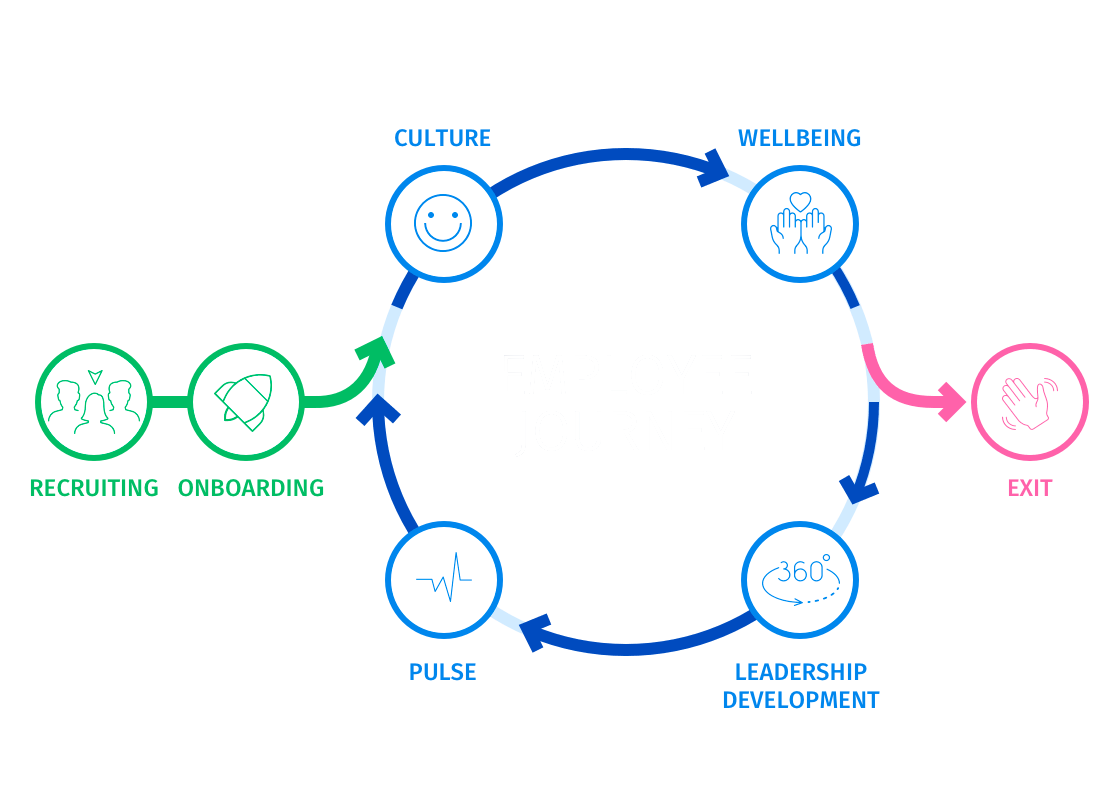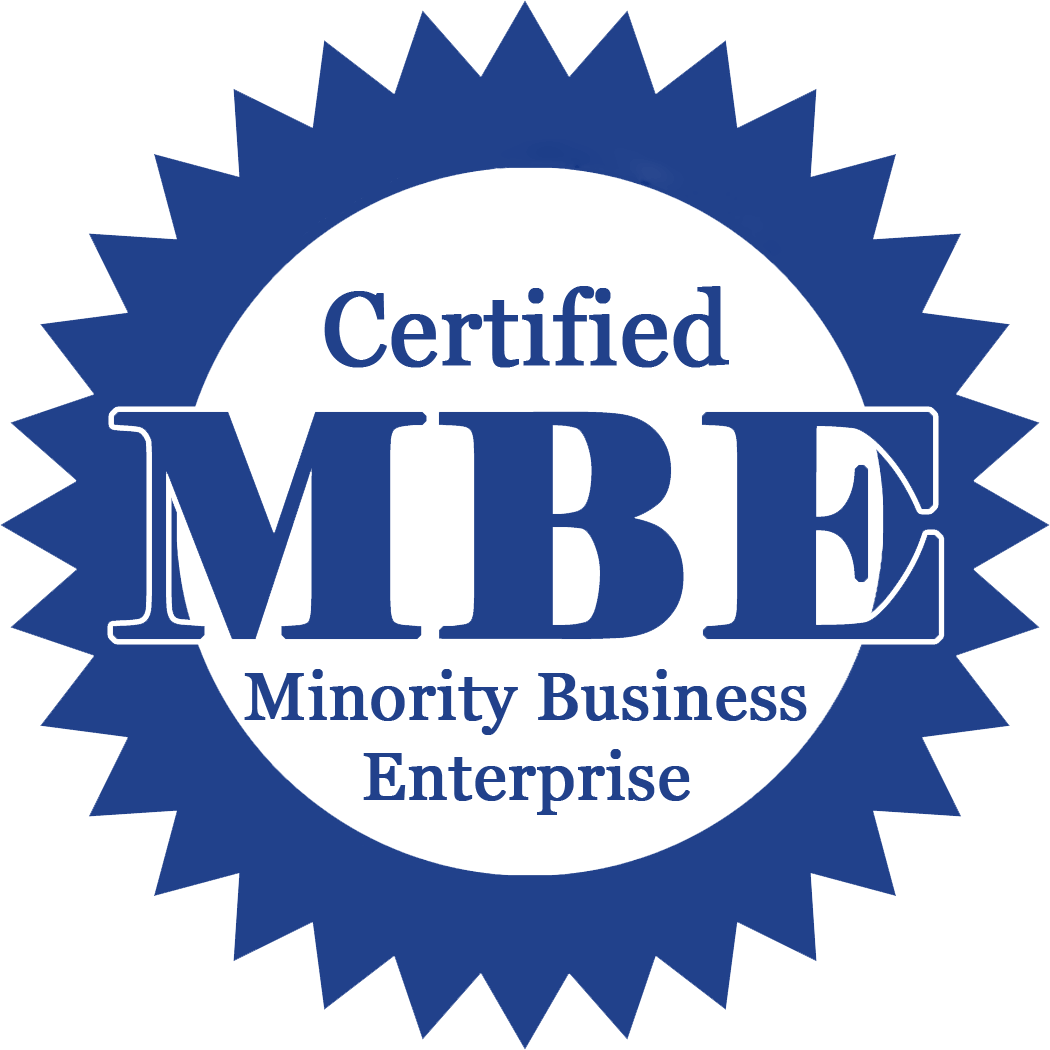Employee churn is an important measure that any company should know, particularly in today's competitive employment market. Turnover is the rate at which an organization replaces departing employees over a certain amount of time. High employee turnover rates can be expensive, disruptive, and detrimental to business culture.
However, how do you calculate employee churn? What insights does it provide about your workforce? So let's get started!
Employee churn is defined as the percentage of employees leaving an organization over a specific period. Employee departure can be voluntary or involuntary. Resignation or retirement falls in the voluntary category, whereas an employee being let go will be in the involuntary category.
Some voluntary turnover is avoidable by hiring best practices, building a positive workplace culture, etc. Poor business performance causes needless worker losses, resulting in a high employee turnover rate.
According to the Society of Human Resources Management’s (SHRM) Employee Recognition Report, employee churn is the number one challenge for most organizations globally. A staggering 29% of these organizations admitted to being stressed about finding replacements.
Although a certain level of employee turnover is normal in any organization, high employee turnover rates can be costly.
Employee onboarding, hiring, training, and development require a financial outlay, and a new hire may not be immediately effective in terms of bringing in profits. You have to give them a certain amount of time to learn, adjust, and start contributing.
Factors contributing to employee churn
While many factors add to employee churn, some easily stand out and need management attention. Let’s look at the top 5 factors that contribute to reducing employee churn:
Lack of growth plan and opportunities
Every employee needs to have a defined growth opportunities path that must be conveyed clearly. Lack of this can lead to dissent and doubts that their efforts are unrecognized. This could lead to resentment and employees leaving the organization.
Skewed work-life balance
Striking the right work-life balance is crucial for employees, be it for family, hobbies, or pursuing higher studies. Not having the right balance or organizations not helping find it can cause employees to exit the organization.
Bad workplace culture
Having a positive culture is essential for organizations. A culture where employees are appreciated, valued, and rewarded is highly appreciated. If employees feel the work culture is toxic and non-conducive to their growth, they will leave the organization.
Dissatisfactory appraisals
Many organizations follow the yearly appraisal process. Employees eagerly wait for that for the entire year. They may get disheartened if they feel the assessment is not in line with their efforts and contributions. Some employees may stick it out for another cycle, but most will leave as early as possible.
Because attrition occurs voluntarily rather than as a result of a lack of job satisfaction, it usually isn't seen as something bad but rather as a normal part of the employee life cycle.
Low staff morale
The above factors can affect employee morale and bring it down significantly. It could either be one of the elements or a combination, but employees with low morale are a significant employee attrition risk.
Employee churn rate is calculated as the percentage of employees leaving an organization at a certain period divided by the total number of employees in the organization during that period.
A common way of looking at a company’s employee churn rate is on a monthly basis. Calculating every month can be useful in spotting when employees tend to leave in the first year of employment.
How to calculate monthly employee churn rate
Monthly employee churn rate = Number of employees quitting that month / Average number of employees in that month X 100
Let’s say in a particular month, four employees quit the organization, and there are a total of 200 employees in that organization. Then their monthly company’s churn rate can be calculated as follows:
Monthly churn rate= 4/200 X100 = 2%
This formula gives us the calculation for a month, but what about over the course of a year?
How to calculate annual employee churn rate
First-year employee churn rate = Number of employees who quit in less than 1 year of employment / Number of separations during the same period X 100
For example, let’s consider 30 employees quit the organization even before they completed one year, and you have 115 employees who departed your organization during the same period.
Putting the numbers into the formula:
First-year employee churn rate = 30/115 X100= 26.08 %
Now that we know how to calculate it, let’s understand why knowing the employee churn rate is crucial.
How does a high churn rate affect an organization? Employee churn tells the story of an organization; workplace culture, policies, practices, compensation, and procedures. It lets you know about the employee experience, how they are treated, and how long employees usually stay with the organization.
When an employee leaves, the organization incurs the following costs:
- Time spent on hiring
- Onboarding process
- Training
- Getting an employee to accommodate to the company culture
Apart from expenses, measuring employee churn also helps you understand if the hiring process is moving in the right direction. After all, as an organization, you would want to know who is leaving and why! The data and benchmark will give you a starting point for investigation. This understanding will help you determine what needs to change in the organization.
Employees are critical to any business; hence, your priority should be to develop a plan for employee retention as an organization and take care of those employees remaining.
Understand the reasons behind their decision, and inquire if it is company processes, company culture, or something else. This will help bridge any gaps in your people processes.
Employees join and exit, but when a significant number of employees leave the organization, it is undoubtedly a matter of concern. The amount of money, effort, and resources required to hire new people or replacements is enormous.
Providing a well-defined employee development plan for progression and upskilling is a great way to reduce turnover.
Arresting employee churn is essential for smooth operations. Here are 4 ways to help reduce employee churn:
Hire the right talent to reduce employee churn
It all starts with hiring an employee. As a rule of thumb, organizations hire new employees based on their skill set, but how well do you know if the employee is the best fit for your organization’s culture?
You must hire employees who have a strong skill set and are the right fit for your company culture. When hiring, ask them organizational behavioral questions to understand their mindset and intent to stay in the organization.
Recognize achievements
Your employees need to be recognized and encouraged. Show them you notice their hard work and reward them when they go above and beyond.
With this, employees feel valued, and it creates employee engagement, an environment to keep employees motivated, and a positive impact on the employees' minds, which they appreciate.
Provide the best compensation
Employees want to be compensated well. There will always be a gap as to what they expect and what organizations can and will pay.
What organizations can do, however, is offer compensation that is current, meets industry standards, and rewards excellent business performance via incentives or other benefits.
Provide benefits
The workforce has changed over the years, and so have its benefits and expectations. Some employees travel long distances while some juggle multiple responsibilities.
Taking note of that and allowing a few options like working from home or flexible hours will certainly make employees happy.
Benefits such as college debt management, health insurance, and dental care coverage will go a long way in containing employee exits from organizations.
You may retain some employees, if not all, and that’s fine. Employees have various ambitions, desires, and ideas about work that they need to pursue. All you can do in this case is to ensure they had a great experience. This way, they can always feel like and come back to the organization.
Companies must accurately calculate employee churn rates to reduce employee turnover and sustain productivity. A high employee attrition rate can slow down your business's growth.
QuestionPro Workforce can assist organizations and HR teams in tracking employee turnover and programs' effectiveness to improve employee retention. It lets businesses collect and analyze employee data to understand a high employee churn rate and take action.
Request a demo to learn how our software can promote employee retention and boost your bottom line.
Survey Software Easy to use and accessible for everyone. Design, send and analyze online surveys.
Research Suite A suite of enterprise-grade research tools for market research professionals.
Customer Experience Experiences change the world. Deliver the best with our CX management software.
Employee Experience Create the best employee experience and act on real-time data from end to end.












